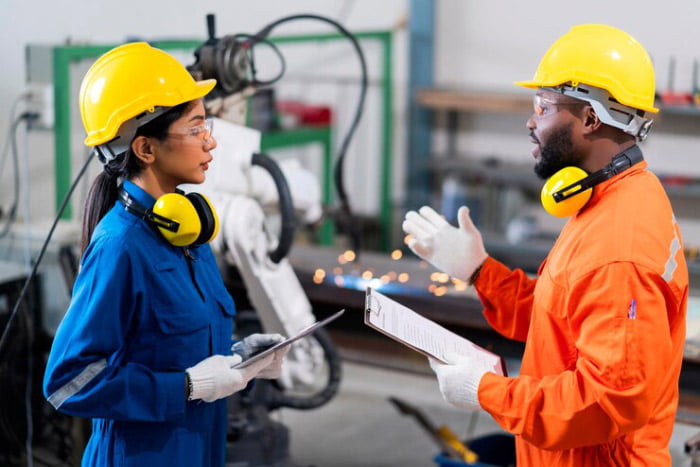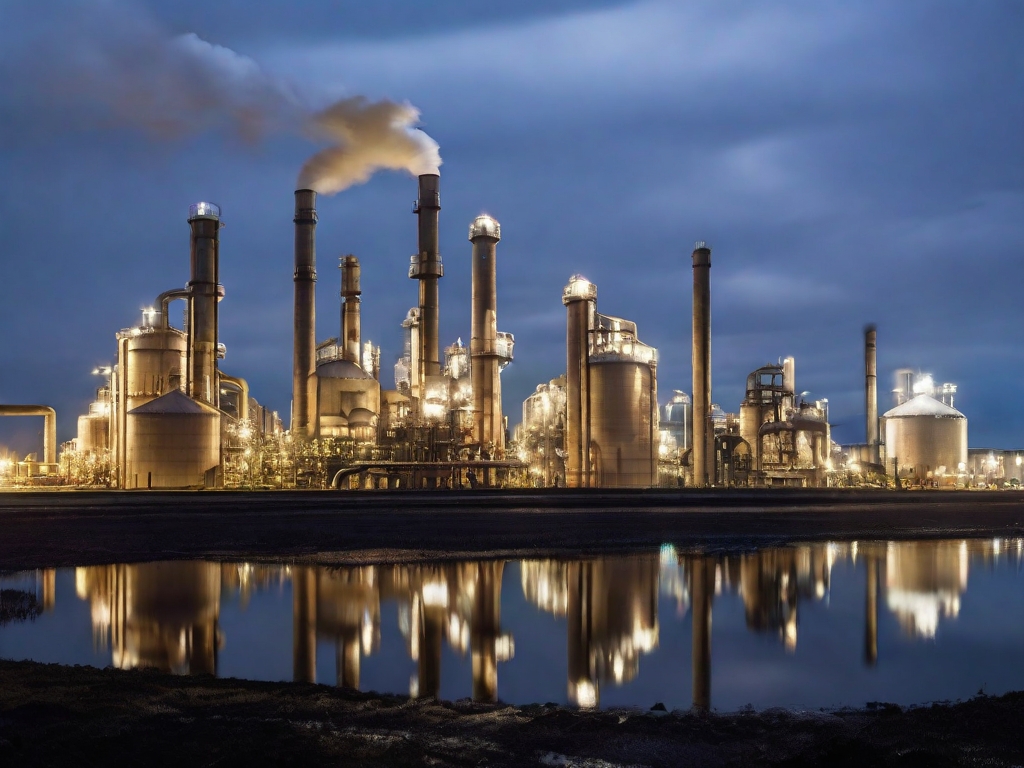Welcome to the Intrinsically Safe Store blog, your go-to resource for all things related to intrinsically safe systems and barriers. We dedicate ourselves to providing you with the most up-to-date and comprehensive information on this critical topic. If intrinsically safe systems interest you, please visit our website.
What are Intrinsically Safe Systems?
Designers create intrinsically safe systems to prevent explosions in hazardous environments by limiting the energy available for ignition. Industries such as oil and gas, mining, and chemical processing commonly use these systems where explosive atmospheres may exist.
The Role of Barriers in Intrinsically Safe Systems
One of the key components of an intrinsically safe system is the barrier. Barriers play a crucial role in maintaining the intrinsic safety of a system by restricting the amount of electrical energy that can reach the hazardous area. This is achieved by limiting the voltage and current to a level that is incapable of causing ignition.
Types of Safeguards
There are two main types of barriers used in intrinsically safe systems:
- Galvanic Isolators: These safeguards use transformer coupling or optical coupling to transfer signals across the barrier, while maintaining electrical isolation between the safe and hazardous areas.
- Zener Barriers: These safeguards use Zener diodes to limit the voltage, and a resistor to limit the current, thus preventing an explosive energy level from reaching the hazardous area.
Importance of Barriers in Intrinsically Safe Systems
Barriers are essential in intrinsically safe systems for several reasons:
- Safety: By limiting the energy that can reach the hazardous area, safeguards significantly reduce the risk of an explosion.
- Regulatory Compliance: The use of safeguards in intrinsically safe systems is often a requirement for compliance with safety regulations and standards.
- System Integrity: Barriers help to maintain the integrity of the system by preventing damage to other components in the event of a fault.

Case Study: The Role of Safeguards in Intrinsically Safe Systems
A case study from the oil and gas industry illustrates the importance of safeguards in intrinsically safe systems. In this instance, a Zener barrier was used to protect a gas detection system in a hazardous area. The barrier successfully limited the energy in the event of a fault, preventing a potential explosion and demonstrating the critical role that barriers play in maintaining the safety of intrinsically safe systems.
Importance of Barriers in Intrinsically Safe Systems
In conclusion, safeguards play a vital role in intrinsically safe systems by limiting the energy that can reach hazardous areas, thus preventing explosions. They are a key component in maintaining safety, ensuring regulatory compliance, and preserving system integrity.
At the Intrinsically Safe Store, we are committed to providing you with the most reliable and effective intrinsically safe systems. If you have any questions or need further information, please contact us.


























